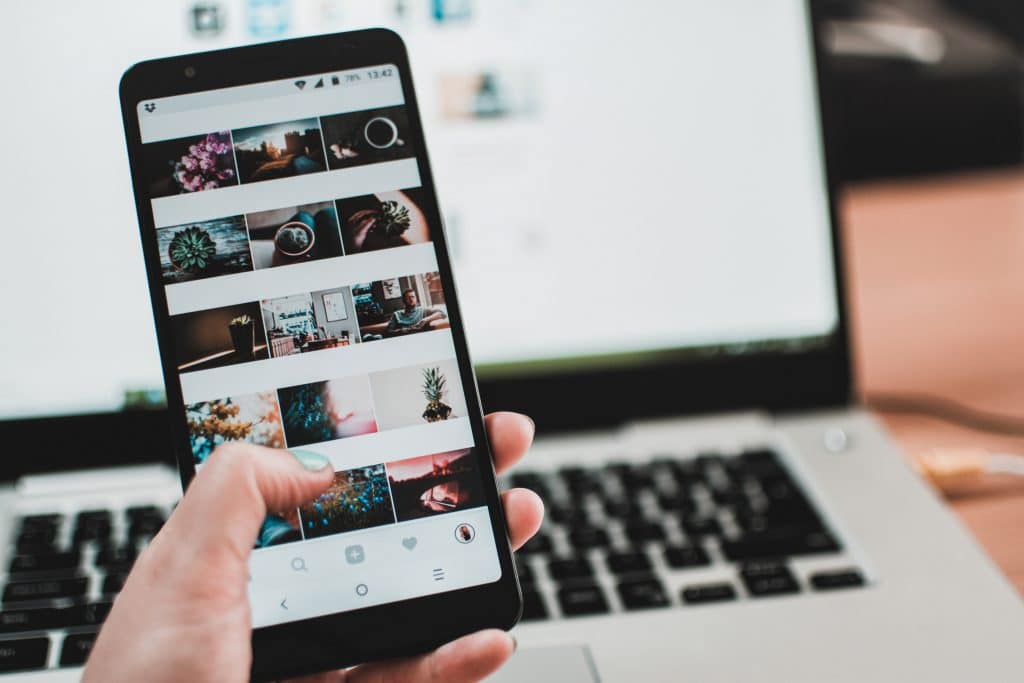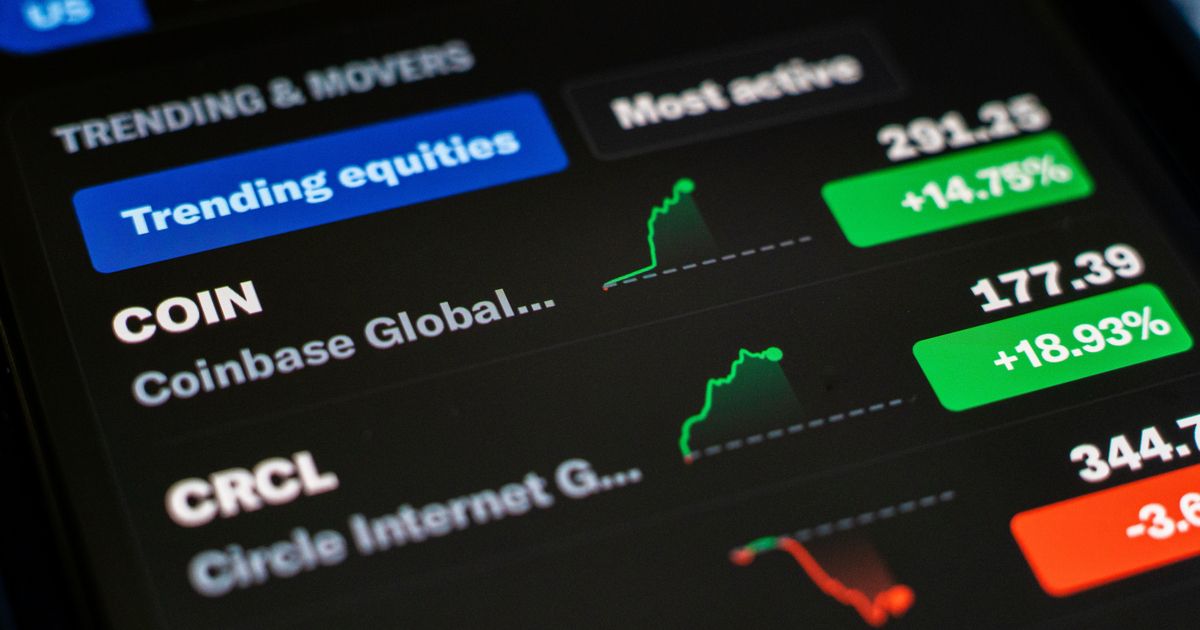5 Types of Visuals You Need in Your Content Marketing Strategy
Using visuals in your content marketing strategy is a no-brainer in 2022. The results of a survey conducted by Venngage show that, in 2021, 48.2% of all published content included visuals. Moreover, as many as 64% of marketers stated...

Using visuals in your content marketing strategy is a no-brainer in 2022.
The results of a survey conducted by Venngage show that, in 2021, 48.2% of all published content included visuals. Moreover, as many as 64% of marketers stated that visuals were either essential or very important for achieving their goals.
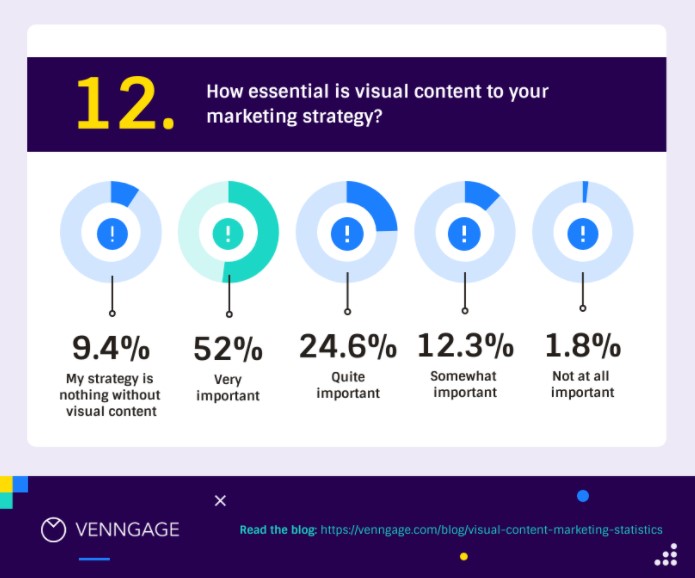
5 Types of Visuals You Need in Your Content Marketing Strategy
You may be wondering: What are the types of visuals you need in your content marketing strategy to cut through the noise in 2022?
Well, it’s safe to say that stock photography (no matter how convenient) most probably won’t cut it. In truth, the best way to grab consumer attention with visuals will be to use some of the more advanced formats listed below.
Let’s get into it.
Videos
Videos aren’t anything new in the content marketing world. After all, Facebook has been allowing users to post and live stream videos since 2007. Nonetheless, they are still the most favorite type of content for a lot of people.
A 2021 survey from Statista revealed that Android mobile phone users spent (on average) as much as 23.2 hours watching YouTube videos per week. Add to that the 13 hours they spent browsing TikTok, and it quickly becomes clear why video is the number one type of visuals you need for your content marketing strategy.
For businesses trying to grab user attention, it helps to consider the types of videos consumers like to watch.

As you can see, some of the most popular video content types include:
tutorialshow-toslive streamseducational resourcesproduct reviewsSo, if you’re looking to invigorate your visual content, think about how you can utilize these on your distribution channels. Skillcrush, for example, uses videos on its reviews page. Each customer review is complemented with a personal video, telling exactly how the brand’s product helped the customer achieve their business goals.
But if social proof in the form of video doesn’t work for your marketing goals, perhaps you can turn towards something a bit more snackable?
Instagram, TikTok, and Snapchat are great places to post short-form video content. Experiment with posting behind-the-scenes insights from your company and exclusive previews of upcoming product releases. Or, if those don’t strike a chord, you can do what MailChimp does. Use short videos to provide quick tips and help your customers get more out of their purchases.
https://www.instagram.com/p/CUpxLZADgdV/
Source: instagram.com
GIFs
Using videos is a great way to attract user attention. But the truth is, they can be expensive and time-consuming to produce. Plus, they take up a lot of space, so they may not work equally well across all distribution platforms.
For this reason, it’s not a bad idea to look for more space, time, and cost-efficient formats that are just as engaging as videos. The solution? GIFs.
These short animations are super-effective at grabbing user attention and conveying information in an instant. Perhaps most remarkably, they add a dose of fun to otherwise boring marketing messages.
Just check out this example from Amazon. It’s not only humorous but also actively works to make the brand’s platform synonymous with holiday shopping. It’s one of the best examples of a successful branding strategy out there.

Data Visualizations
Data visualization is another excellent format of visual content to explore. That’s particularly true for those businesses whose target audience includes professionals.
Numbers have always had the power to convince customers to convert. They appeal to consumers’ rational side, providing tangible proof of a brand’s claims. However, they can often be difficult to interpret, especially when they’re meant to show the quality/effectiveness of a product in relation to other options on the market.
For this reason, businesses (especially those in the SaaS industry) should consider ways to represent their available data visually.
Charts and graphs can be a great way to convey otherwise difficult-to-understand information, simply because they add a visual element to the numbers. But you don’t have to go that far to successfully include data visualization in your content marketing strategy.
Even something as simple as Spotify’s By the Numbers page can help you communicate your unique value propositions to your target audience.
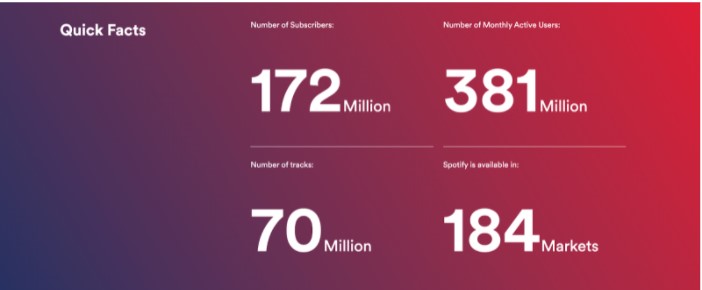
Screenshots
We’ve already mentioned that educational content works exceptionally well in securing conversions. In fact, a 2017 study by Spotlight Conductor found that consumers were 131% more likely to buy from a brand after having consumed educational content.
But what does that have to do with visuals and screenshots?
Well, it turns out that screenshots make for the perfect format when publishing instructional blog posts. For a great example, take a look at this guide from Scott’s Cheap Flights.
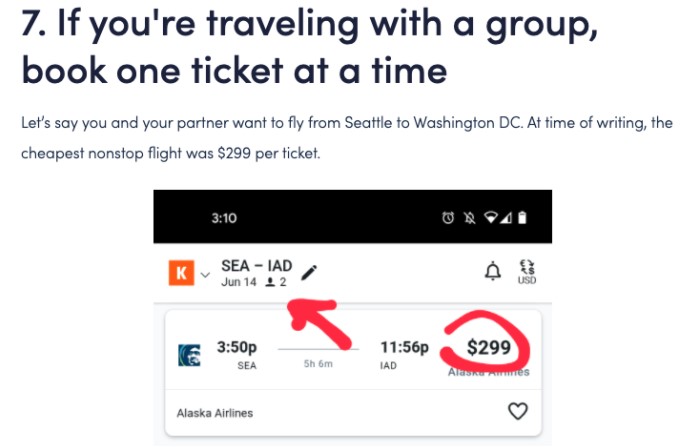
Because people are wired to memorize and process visual information more successfully than textual info, the screenshots provide a much-needed addition to the instructions in this case. Plus, they serve the purpose of visually breaking up chunks of text into a whole that’s much easier to consume, effectively contributing to the success of the brand’s content marketing strategy.
UGC
Social proof in the form of user-generated content is one of the most effective ways of convincing audiences to trust your business. It actively supports your work to build up a reputation as an authoritative brand in your niche. Plus, it also shows your products in real-life being used by real people.
Because of this, user-generated content is one of the must-haves for any business looking to build its reputation on trustworthiness, authenticity, and commitment to the customer experience.
The great thing about UGC is that it’s free and easy to source. All you have to do is encourage customers to use your hashtag on social media or to tag you in the images they post about your product.
If you have the resources, you can even make upgrades to your on-site reviews system, allowing consumers to upload visuals. You can check out how GILI does this for a good example to follow.
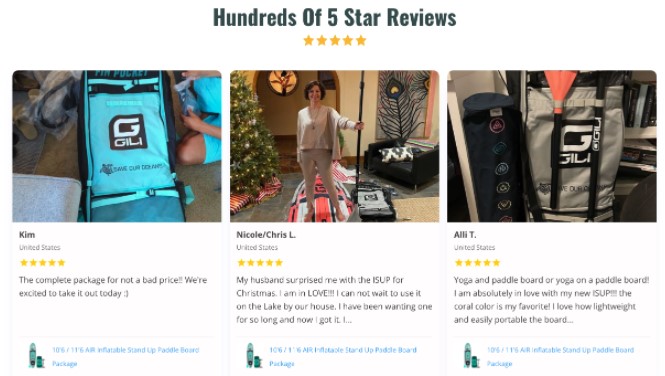
In Closing
People are consuming more and more content by the day. However, getting their attention is becoming more challenging than ever, with millions of branded posts published every second.
Visuals can go a long way in helping branded content stand out. But that’s possible only if they’re relevant to the customer experience and if they bring value.
So, as you consider what types of visuals to invest in next, choose options that will make a difference. The five formats mentioned in this article are great places to start. Still, every brand is unique. You might still find that something entirely different, like a podcast or an ebook, will work far better to grab and retain your audience’s attention.

 JaneWalter
JaneWalter 









![Product Market Fit with Scott Cunningham [VIDEO]](https://www.digitalmarketer.com/wp-content/uploads/2022/05/Copy-of-FACULTY_KasimAslam-1920-×-1080-px-2.png)

